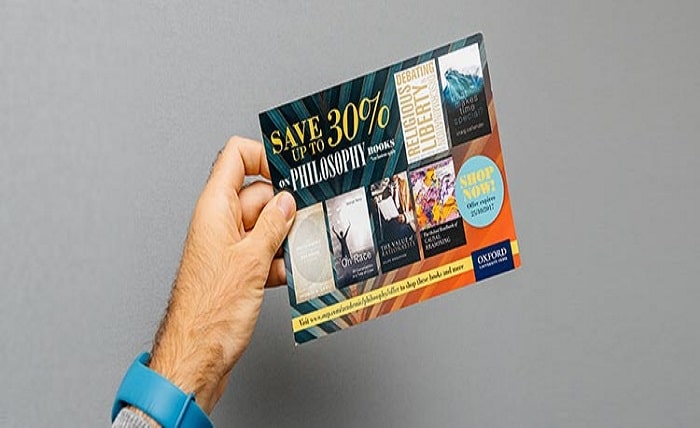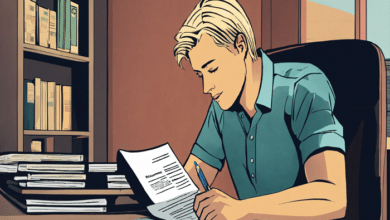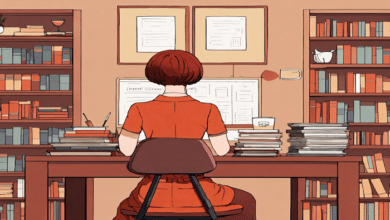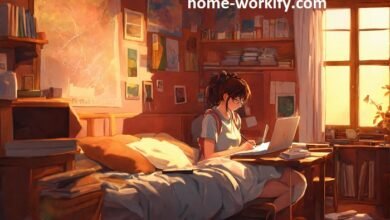Custom Posters 101: A Beginner’s Guide to Visual Storytelling

In today’s visually driven world, effective storytelling is key to capturing attention and leaving a lasting impression. Whether you’re an entrepreneur looking to promote a business, an artist sharing your work, or someone simply wanting to add a personal touch to a space, custom posters can be a powerful medium. They allow you to blend creativity, design, and messaging in one visually engaging format. In this beginner’s guide, we’ll explore the basics of custom posters and how to use them to tell compelling stories.
Why Custom Posters?
Posters have long been used to communicate ideas. From concert advertisements to political campaigns, they have the ability to convey messages quickly and effectively. Custom posters offer the same advantages but with the added benefit of personalization. You get to control every aspect of the design, ensuring that the final product aligns with your vision, brand, or story. With advancements in custom poster printing, anyone can turn their ideas into visually captivating pieces, whether for personal enjoyment or professional use.
Understanding the Basics of Visual Storytelling
At the core of every custom poster is a story. Visual storytelling involves using images, graphics, and minimal text to communicate ideas, evoke emotions, and engage an audience. Here’s how to think about the elements of your custom poster to make it as effective as possible:
1. Define Your Purpose
Before you even begin designing, you need to have a clear understanding of the poster’s purpose. Is it meant to advertise an event, promote a product, or simply serve as wall art? Defining this purpose will guide your design choices and ensure your message is clear.
For example, if you’re promoting a concert, your poster should include dynamic elements like bold typography, striking imagery, and vivid colors that evoke the energy of the event. On the other hand, a custom poster designed to inspire or motivate in an office might use more subtle tones, with a simple, uplifting message.
2. Choose the Right Imagery
Images are the backbone of any custom poster. They instantly grab attention and help convey your message without the need for lengthy explanations. When choosing imagery, opt for high-quality photos or graphics that are both visually appealing and relevant to the story you’re telling. Avoid clutter—select images that are clean and easy to interpret from a distance.
If you’re not sure where to start, ask yourself: what feeling or action do I want to inspire? Whether it’s curiosity, excitement, or calmness, your visuals should reflect that mood.
3. Typography Matters
Text plays an important role in visual storytelling, but less is often more when it comes to posters. Your message should be concise and direct. Bold, legible fonts are key, especially for headlines and critical information. Avoid using more than two or three font styles, as too many can distract from the message.
Typography can also be used as a design element. For instance, a vintage-style font can evoke a sense of nostalgia, while modern, minimalist typography can create a sleek, contemporary feel.
4. Color Scheme and Composition
Color is an incredibly powerful tool in design. Different colors can evoke different emotions and influence how your poster is perceived. Warm colors like red and yellow can create feelings of excitement or urgency, while cooler tones like blue and green are more calming and peaceful.
When selecting your color scheme, think about contrast and readability. If your text is light-colored, use a darker background and vice versa. The goal is to create a visually striking poster that is easy to read and understand at a glance.
Composition is another crucial element of design. This refers to how the various elements—images, text, and graphics—are arranged on the poster. A balanced composition will ensure that your poster feels cohesive and not overcrowded. Use grids or guides to ensure that everything is properly aligned, and don’t forget to leave some negative space to avoid clutter.
Printing and Finishing Touches
Once you’ve designed your custom poster, it’s time to bring it to life through printing. Custom poster printing services offer a variety of options, including different paper types, finishes, and sizes. Whether you prefer a glossy, matte, or textured finish, the right choice can enhance your poster’s visual appeal. Additionally, pay attention to the size and resolution of your design file to ensure it prints clearly and crisply.
1. Paper Choices
The type of paper you choose can significantly impact the look and feel of your poster. Thicker papers with a glossy finish can give a more professional and polished appearance, while matte papers may offer a softer, more artistic touch.
2. Poster Size
Consider where your poster will be displayed when selecting the size. A large format may be perfect for a storefront or event, but a smaller size might be more appropriate for personal spaces or framed artwork.
Conclusion
Custom posters are a versatile and impactful way to tell your story visually. Whether you’re creating a bold advertisement, an artistic piece, or an inspirational poster for personal use, the design elements you choose will play a key role in delivering your message. By combining purposeful imagery, thoughtful typography, and strategic color choices, your poster can become a powerful tool for communication. And with custom poster printing services at your disposal, you can turn any idea into a tangible work of art.





